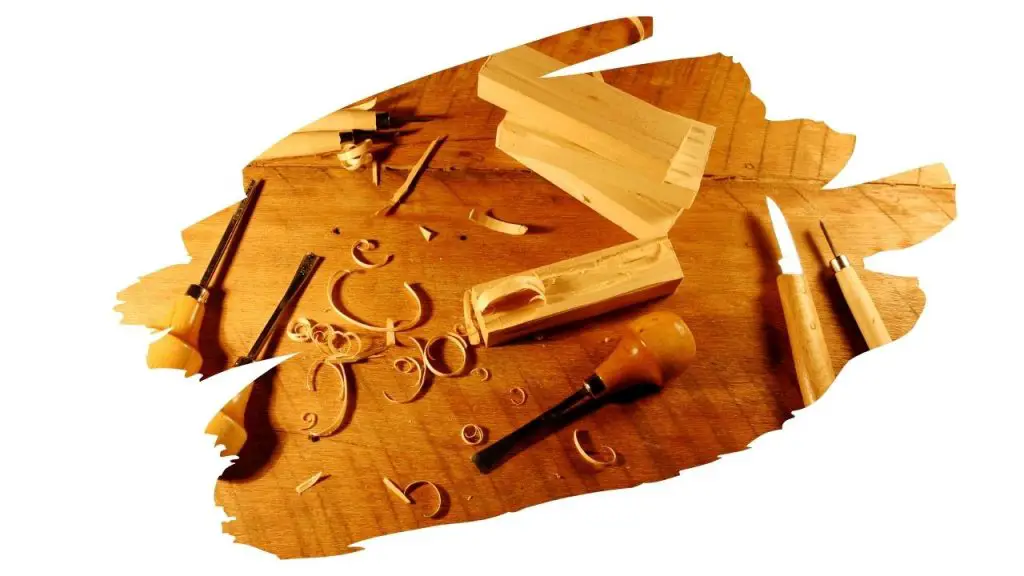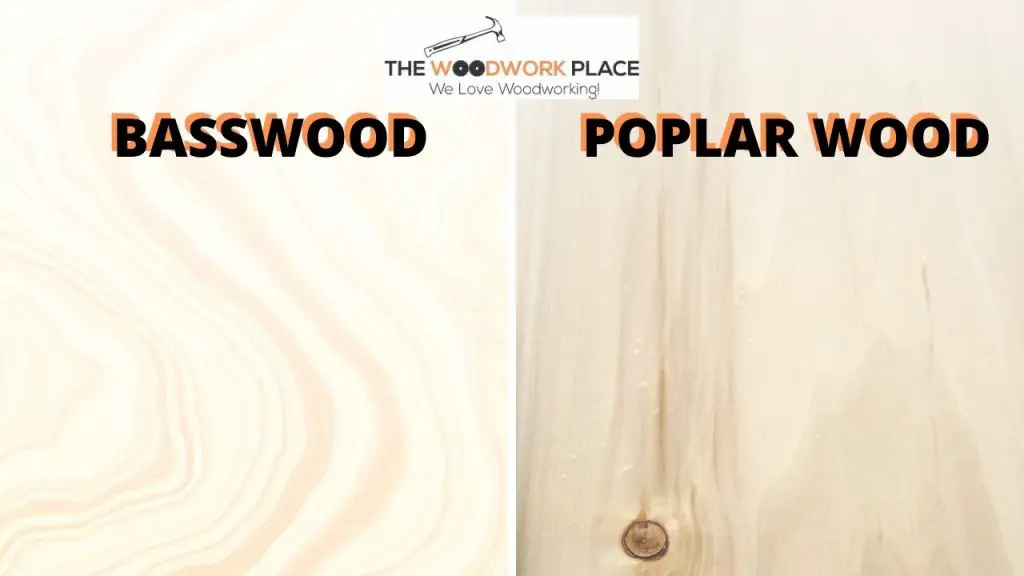Poplar wood is easy to work with, easy to get a hold of, and easy on your budget too.
But is it easy to carve?
Poplar is great for carving, and this is all down to its grain texture. Its uniformly straight grain makes this wood fairly easy to cut into. It is pretty durable too, which means it can hold intricate designs well.
However, is Poplar really the best wood for whittling? Or does it only get recommended because its so cheap? Keep reading to find out…

This post may contain affiliate links to products that we receive a commission for (at no additional cost to you). Learn more here.
Is Poplar Good For Whittling And Carving Spoons?
Yes, Poplar is a good choice for spoon making. And this is due to it’s fine grain – which makes it easy for you to whittle away at that hardwood block.
However, you might want to avoid using that spoon to scoop up a bowl of soup.
Why? Well, because most types of Poplar wood species simply aren’t safe as practical kitchen utensils.
You see, Poplar wood is porous, which means that this hardwood generally has lots of open air pockets in it (otherwise referred to as pores).
According to the USDA (Food Safety and Inspection Service), porous woods make for poor kitchen utensils.
Which means you should avoid using porous hardwoods to create food prep items, such as spoons and ladles. That is, at least, if you want to avoid the risk of food cross-contamination.
Food prep items and surfaces, such as cutting boards, should ideally be made from wood that has very few pores (like Bamboo).
But, if you want to use hardwood for your kitchen spoon, then try to use a timber with small dense pores (such as Maple or Birch). These small-pore hardwoods are also known as ‘diffuse-porous’ woods.
However, there is a particular Poplar wood type that is diffuse-porous, and that is the Yellow Poplar (also known as the Tulip Poplar).
So, to sum up, you can use Poplar to carve spoons. But, generally, that spoon should be used for decoration rather than function. And that even includes Poplar wooden spoons that have been sealed as well.
Related Post: Should You Use A Polyurethane Finish On Poplar Wood?
So, What Is Poplar Wood Good For?
This reasonably priced lumber is used to make thing such as pallets, paper, and plywood.
It is a good option for making chair frames – the kind of frames you find underneath layers of sofa upholstery. And it can even be found in Snowboard products too.
Related Post: Deciding Between Poplar Vs Mahogany Wood For Your Guitar
Is Poplar A Cheap Wood?
Poplar is very inexpensive – especially for a wood that is commonly used to make furniture. And you can get it for less than a third of the price of Walnut. But, Poplar isn’t great to look at.
You see, Poplar doesn’t take on stain evenly. Which, in turn, makes this pale lumber difficult to finish.
Also, the bare surface of this light creamed wood doesn’t hold up over time. If exposed to sunlight, Poplar starts to turn an ugly pale green within a few years.
Still, its low-price makes Poplar perfect for testing out your early carving skills.
So, Which Wood Is Best For Carving?
By far, the best wood for carving – especially for whittling and chip carving – is Basswood.
Basswood vs Poplar Carving
Basswood and Poplar aren’t quite polar opposites, but they are very unalike.
One of the first differences you’ll notice between the two is their density. Basswood is much softer and lighter than Poplar, which makes cutting into it a cinch.
Also, Basswoods virtually knot-free grain rarely splinters. While Poplar can start to crack when you carve into it – especially if that wood is quite dry.
Still, the bare wood grain of both Basswood and Poplar isn’t at all impressive (as you can see in the image below).

If you had to choose between Basswood and Poplar, then Basswood wins hands down. But, if you want more help in buying the right type of wood for your carving craft, then you can check out our review. Click here to read it, it’ll clear things up and help you get started.
Final Thoughts
There are easier woods you can carve with, but don’t let that put you off Poplar.
If you carve this wood with care, you can keep any possible breaks and splinters to a minimum. And even beginner woodcarvers can turn this timber into a fantastic piece.
References
https://energyeducation.ca/encyclopedia/Porosity
https://sperry.biology.utah.edu/publications/Sperry%20et%20al.%201994%20Ecology.pdf



